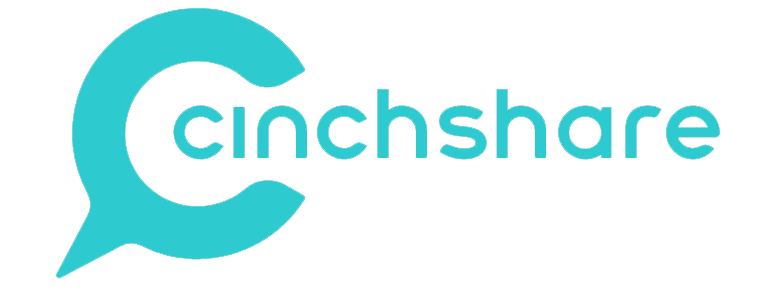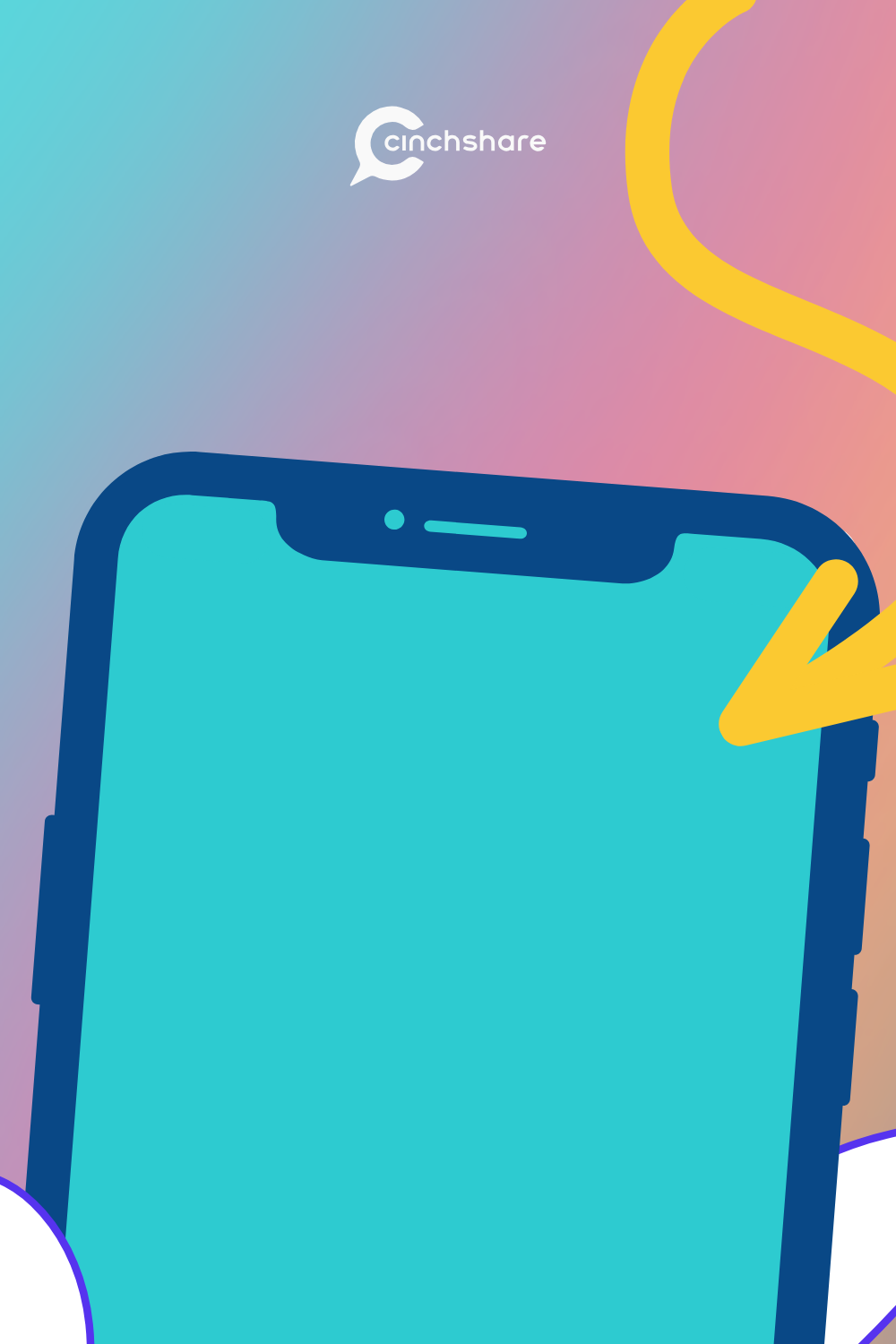3 ways to get more done in your direct sales business
Today’s blog post was written by Mary Haynes of Dog Gone Virtual. Mary quickly reached the top levels of leadership in direct sales, all while being a wife and homeschooling mom to her 4 kiddos. She loves the digital world and built her million dollar team almost 100% virtually. Her heart is helping other direct sellers get control of their time by streamlining their day and stopping the “squirrel” moments. Her company, Dog Gone Virtual, was created to equip direct sellers with products and training to effectively run their virtual businesses and still have time to do life.
Let’s face it. Being a small business owner can make you feel like you’re running in a million different directions all at the same time. You’re the CEO and as the sole person running this thing, you’ve got parties to do, team members to train, and guests to follow up with. So how in the world do you get it all done? Here are 3 different things you can do to add more hours to your day and get more done in your direct sales business.
Turn Off Your Notifications
This one seems pretty simple, which is why I’m giving it to you first. But if I’m going to be honest, it might be the hardest one to do. Many direct sellers are rocking it in the virtual world, but the problem is that the constant notifications and influx of social stimuli are causing us to become addicted to checking our phones or computers to see who commented or liked a post or who might have sent us a message. If you have any social media apps on your phone, go ahead and just turn the notifications off.
Before you start to panic, let’s think it through for a second. The last time there was a real emergency in your world, how did your family or friends get in touch with you? I’m going to guess they picked up the phone and called. They didn’t send you a text message, tag you on Facebook, or send you something on Messenger. What does that tell you about your notifications? As hard as it might be to accept, they aren’t emergencies. Since these aren’t actual emergencies, we need to be the ones to decide when we check in and when we don’t. Our time can’t be driven by someone else’s needs.
If you’re doing virtual parties, you might feel like you need to be on Facebook all the time. Nope. It wasn’t uncommon for me to run 4-6 Facebook parties at one time. All of my posts were pre-scheduled and automatically posting (Thank you, CinchShare!). So there was no need for me to be on Facebook all the time. I only checked in at specific times during the day to answer questions and engage with the party-goers. Trust me when I say that your guests and hosts won’t know the difference.
The same thing goes for customer groups and business pages. Even though you’re posting there consistently, it doesn’t mean that you have to be engaging all the time.
Stop Multi-Tasking
You might feel like you’re doing an amazing job multitasking, but I’m about to drop a truth bomb on you. Our brains can only focus on one thing and do it well. Sure, you might have multiple things open on your computer and be great at going back and forth between them all, but are you being as efficient as you could be by bouncing back and forth?
Let me break it down for you. One of my favorite books on productivity is Eat That Frog by Brian Tracy. He says “Some people believe that they can engage in multi-tasking, going back and forth between important tasks. But people can focus on only one thing at a time. What they are doing is called “task-shifting”. They are shifting their focus back and forth, like swinging a searchlight from one object to another.”
I love this picture. A searchlight is not the same as a spotlight. A spotlight is focused on one thing, the thing that you’re working on.
If it’s been your habit to work on multiple things at one time, you might be wondering how you get all the things done if you don’t do all of them at once.
First, you must be very clear about your goals for your business. If you don’t have clearly defined goals, then how do you know what you should be working on? Once your goals are decided, you can easily break them down into specific tasks that need to be done to hit that goal.
Think about a goal that you want to hit in the next month. You probably know what business tasks you need to do to hit the goal. Now break that down by week. Identify what needs to happen each week to hit the monthly goal. Once you have a weekly break down, take it a step further and break it down by day. What do you need to do each day to make the bigger weekly and monthly goals happen? This brings me to the next tip, working from a list.
Work from a List
I’m a list maker at heart. There’s something infinitely satisfying about writing something down and then later being able to cross it off once it’s completed. In Eat That Frog, Brian Tracy also says that you increase your productivity by 25% when you work from a list. If the average American works an 8 hour day, that’s 2 hours that you are recapturing just because you have a plan and you work the plan.
One thing I like to do is do a brain dump. When I’m feeling anxious or overwhelmed by too many things swirling around in my head, making a list helps me look at those things objectively and evaluate what needs to be done. Because I’ve already defined my goals for my business, I can quickly look at my list and see which items are truly a priority and which ones I need to push off to another day.
Deciding on which items to tackle first takes some practice. So don’t get discouraged if you get off track. When you catch yourself not working from the list or not working on the tasks that are a priority, just take yourself back to your goals and work from there.
I know full well it can be hard when you don’t have a boss giving you direction on what you need to do and where you need to spend your time. Removing the distractions of social media, defining your business goals, and working from a priority-driven list can quickly multiply your time and give you more hours in your day.






